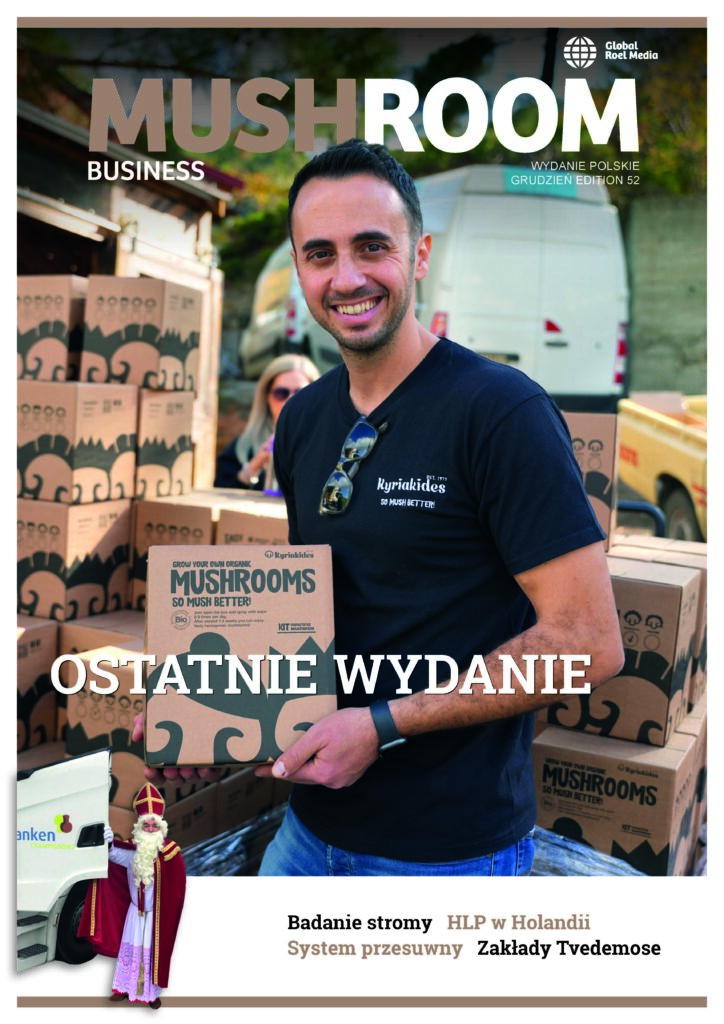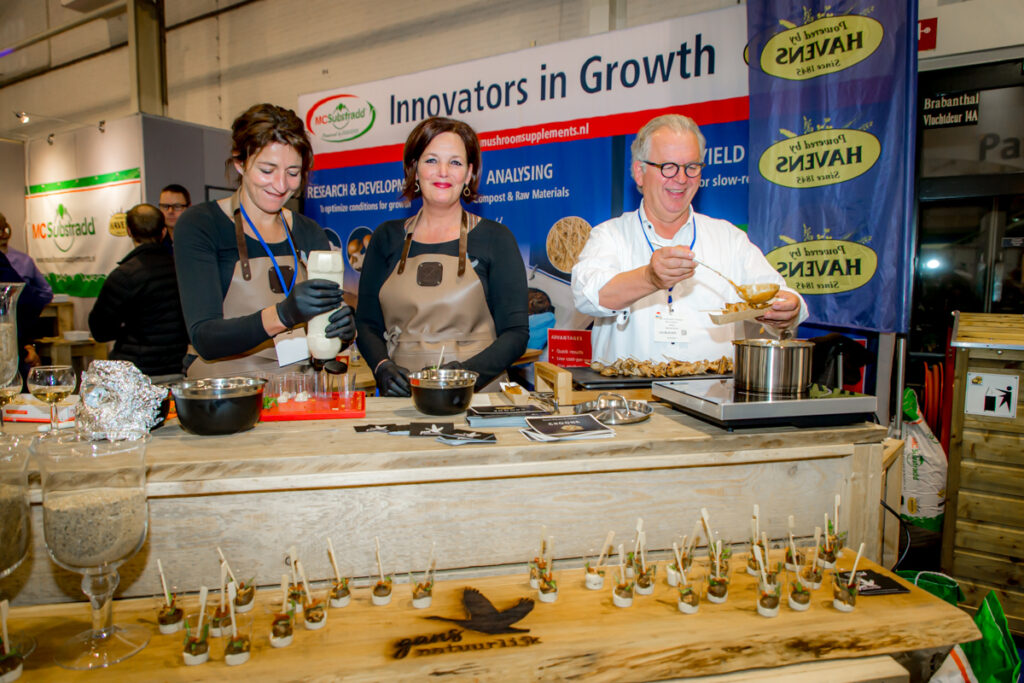The mushroom sector rightly pays a lot of attention to preventative disease control – prevention is always better than cure. However, an often overlooked item in preventative disease control is the health of the employees. This time a different type of tip than usual: one highlighting Tetanus (lockjaw).
Tetanus is caused by the bacteria Clostridium tetani This bacterium normally occurs in the intestines of horses without the animals suffering from it. The bacteria multiply by forming spores in the animals’ faeces. These spores can survive for years and are resistant to most chemicals even surviving temperatures up to 120ºC. The bacteria itself is not a danger, but they produce a toxin that is deadly to humans even in the smallest concentrations.
The spores germinate and develop in anaerobic (low oxygen) conditions. It’s a wide spread misunderstanding that dirty wounds are the only risk factor in tetanus infection. Pinpricks from needles nails splinters thorns etc are all wounds that carry a risk of tetanus. They seem small injuries, but they can often form the ideal conditions for the infection to develop – namely relatively deep puncture wounds lacking oxygen.
Vaccination with a Td vaccine or a vaccination cocktail offers complete protection, but a booster shot should be given after 10 years – something many people forget. Consult your company doctor about the protective measures you and your employees need.
Con Hermans, AdVisie ‘the mushroom cultivation advisors’
hermans@champignonadviesnl






